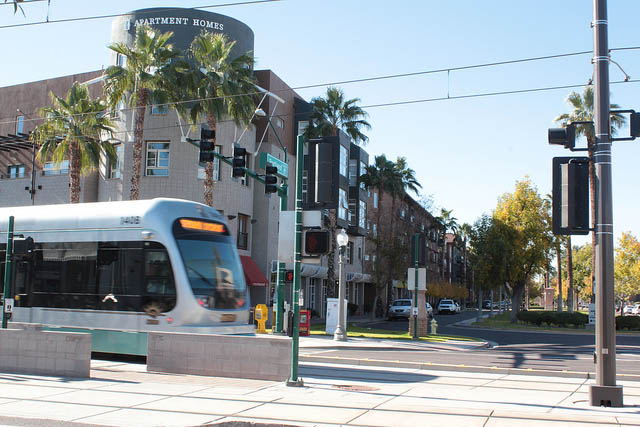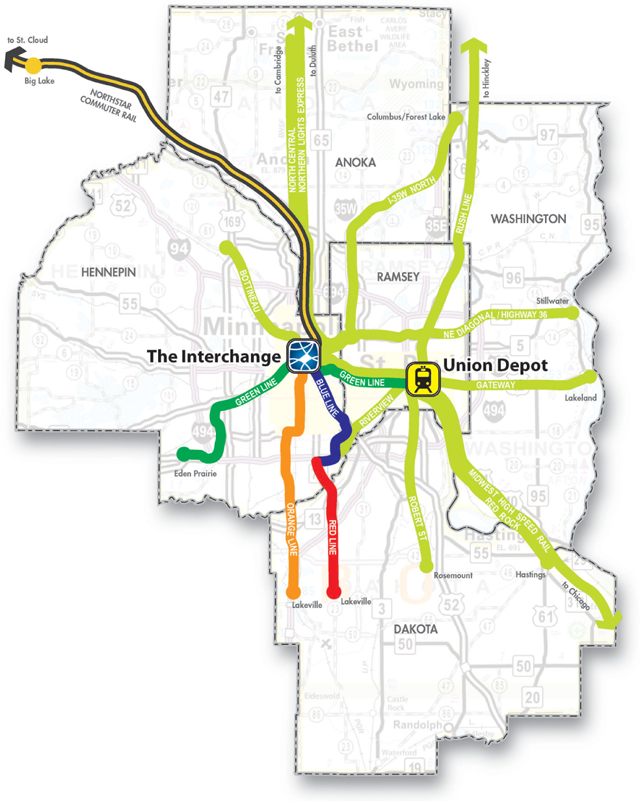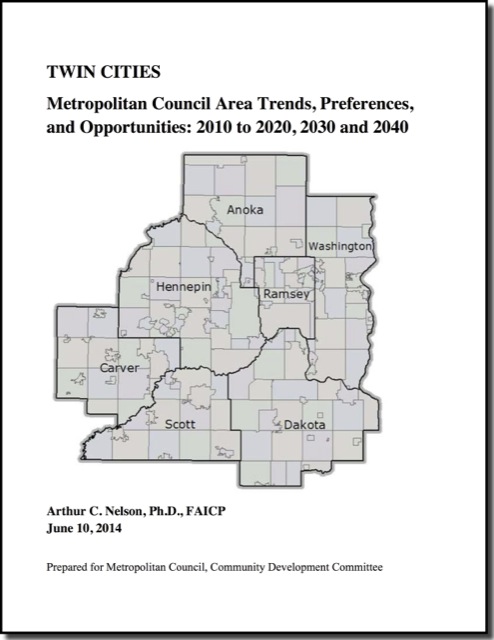The Antiplanner squared off against regionalist Myron Orfield in Minneapolis yesterday over the question of whether governments should try to regulate land uses. My presentation (11.6-MB PowerPoint or 10.5-MB PDF version) argued that urban areas are too complicated to regulate and that attempts to do so end up doing more harm than good. Dr. Orfield responded that letting people do what they want led to housing discrimination and too many septic tanks destroying ground water supplies in exurban areas.
Perhaps the most difficult question anyone asked us is where we agree. We both stared at each other for a minute before answering. Obviously, we both oppose racial discrimination and water pollution. The question is how these problems are solved. Dr. Orfield thinks that regional government is needed; I would push things down to the local level as much as possible.
It is one thing to say that people shouldn’t impose costs on others by polluting the water table. It is quite another thing to have a regional government restricting growth beyond an urban-growth or urban-service boundary based on the idea that it is too expensive to allow leapfrog development.











